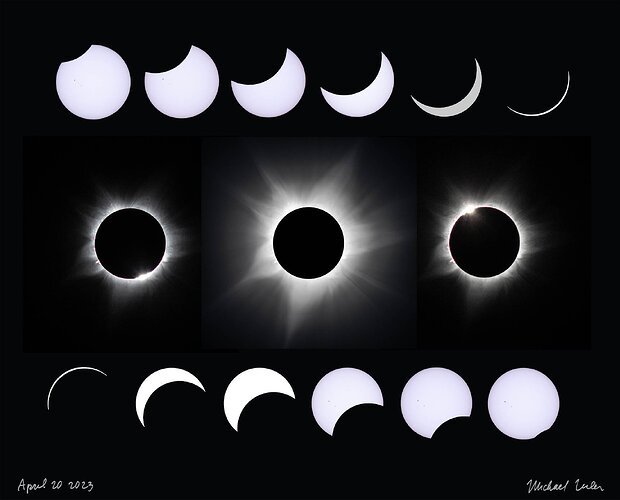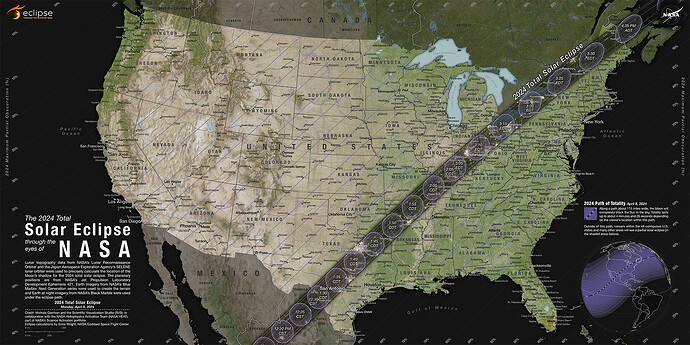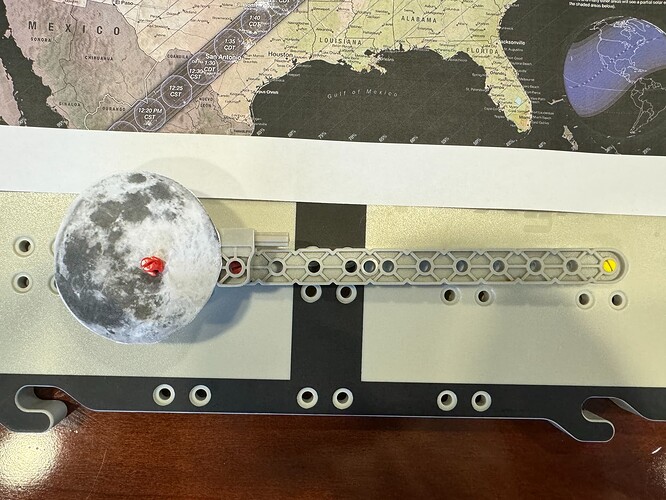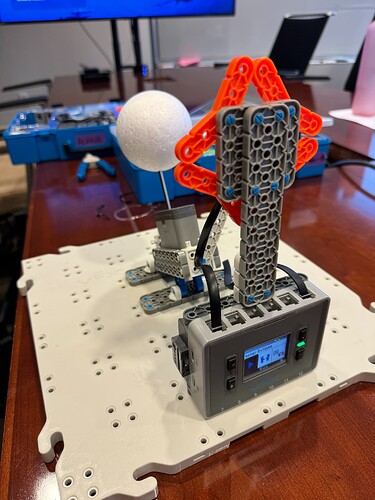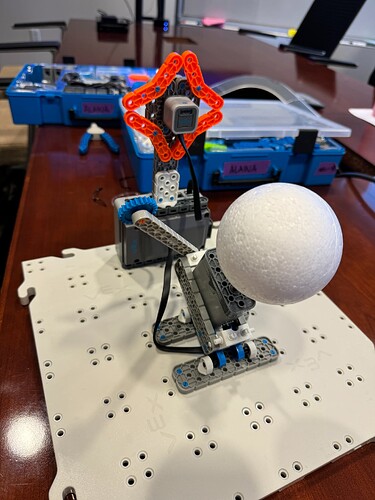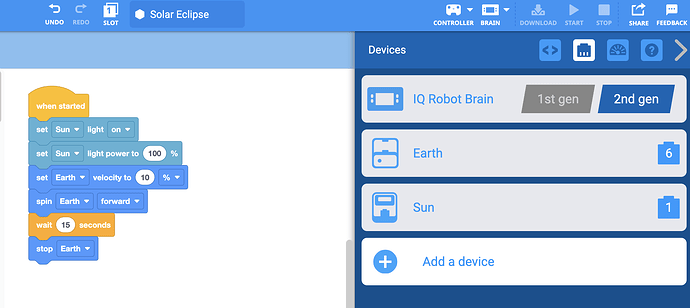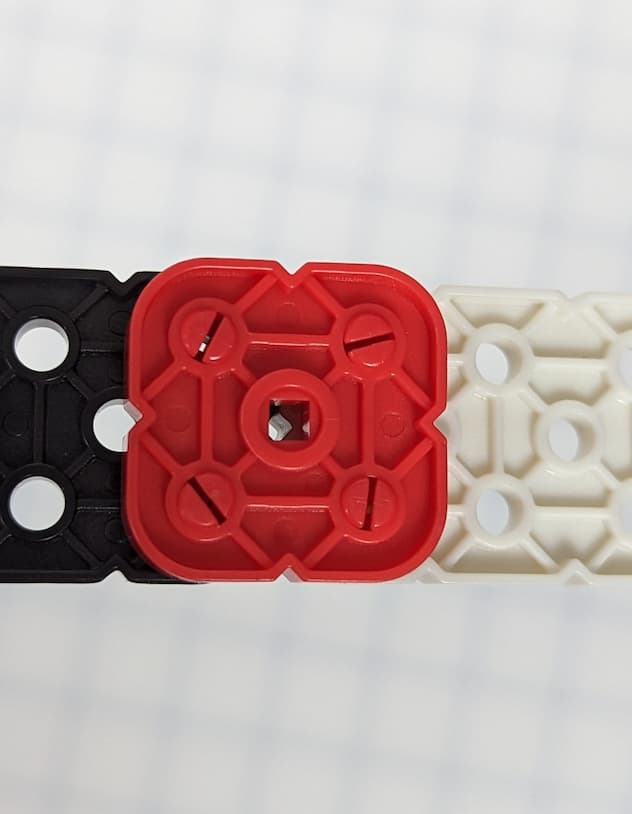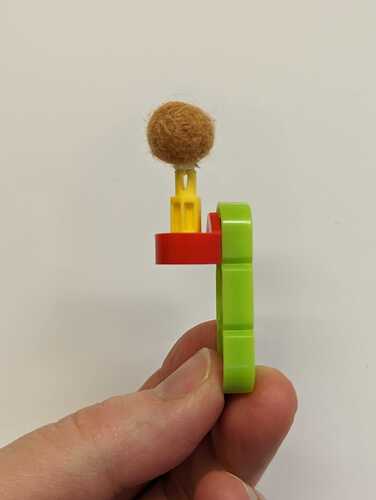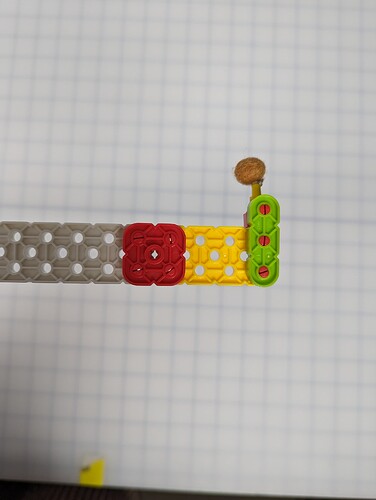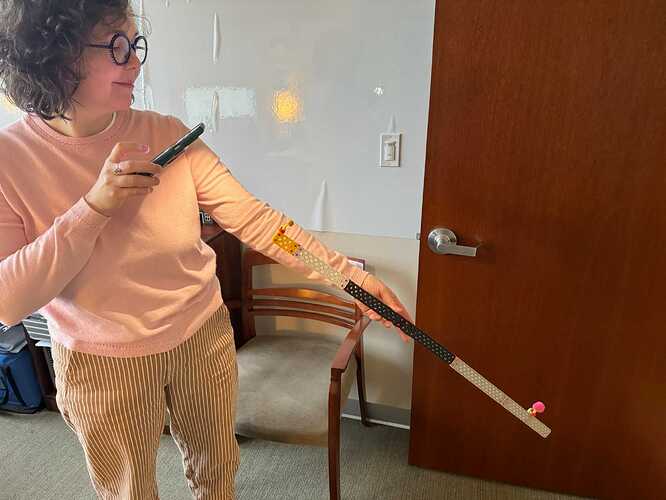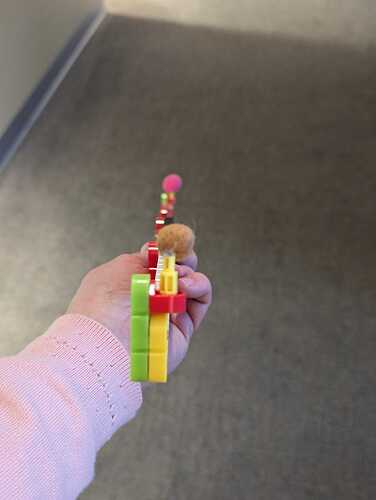With the path of the upcoming solar eclipse on April 8th coming quite close to where I live, the eclipse is on the minds of many. I thought I’d share a couple of ideas for how to incorporate VEX into any eclipse activities you might be doing with your students.
Mini Eclipse with 123
For this one, I was inspired by this image I found of the ‘phases’ of a total solar eclipse, and thought that the share of the 123 Robot leant itself quite nicely to playing the role of the Moon!
The setup is simple - put a Sun in the center of a 123 Tile, that’s just a little bit bigger than the robot itself. (I traced the Art Ring and just cut a little bit outside that line to make mine.) You can get real fancy and put a printout of the moon on the Art Ring to really bring it home.
The activity - code the 123 Robot to travel across the Sun to make the sun/moon shapes shown in the phases above. Here’s a little video to show you what I mean -
I used VEXcode 123 for this project, to be able to code the robot to move in really small increments, wait between each movement, and to turn in smaller angles to get the kind of curved path I was looking for. It took some careful thinking and visualizing to figure out the increment of movement and turning, the patterns within that, and where I wanted to position the robot to start to get my project ready. Here’s what I used in the video above -
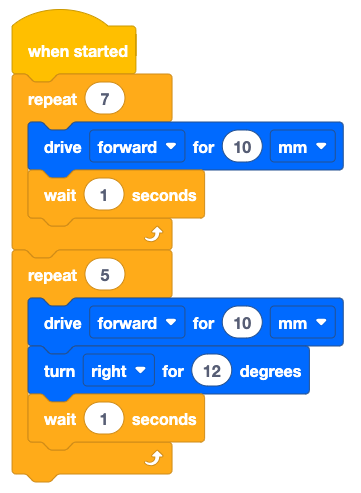
But you could do this with Touch or the Coder, and instead of having the robot move in one continuous cycle, have students experiment with the positioning of the robot to be able to recreate each phase of the eclipse individually.
You could do it as one stand alone activity, or do each phase in real time, as the eclipse is happening. Since the setup is relatively simple, it could transport outdoors really easily.
Driving the path of the eclipse with GO and IQ
Inspired by the images of the path of the eclipse (like this one), and my memories of giant wall maps in school classrooms growing up…
I think it would be really cool to drive Col. Jo on a Code Base or code a BaseBot or build and push a Moon Buggy across one of those large maps to replicate the path of the total eclipse.
Bonus points for rotating the robot in various positions to mimic the angle of the Moon! This could be another activity to do either on its own or in real time as the eclipse is happening. Figuring out the movement increments to get it to drive a specific curved path could be a fun exploration too!
What eclipse themed activities are you thinking about doing with your students with VEX? Please share more ideas here! I’ll tag a few folks to get the conversation going - @Aimee_DeFoe @AlainaHaws @Tina_Dietrich @Danielle_McCoy @Laura_Mackay
